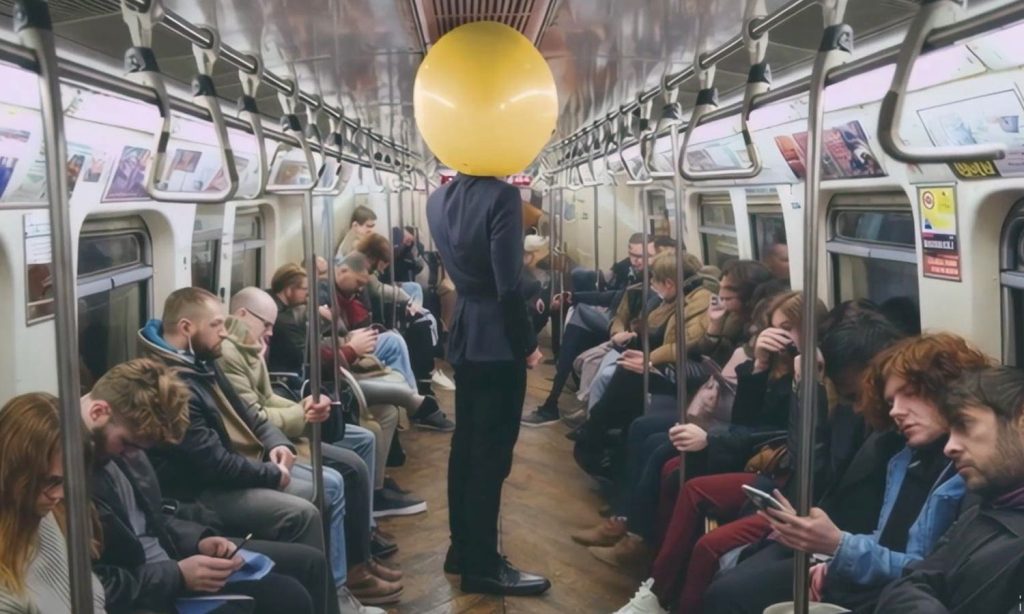A select group of artists, designers, and filmmakers have been given access to OpenAI’s new Sora text-to-video tool, allowing them to create videos up to a minute long from a single text prompt. Shy Kids, a multimedia production company, shared Air Head, a short film starring a guy with a balloon for a head, showcasing the surreal possibilities of the tool. The video explores the joys and pitfalls of living with this anatomical anomaly, offering a unique and imaginative viewing experience.
OpenAI, the company behind Sora, is still working to assess the tool’s capabilities, limitations, and risks before making it publicly available as a product. Early testers like Shy Kids and OpenAI’s first artist in residence, Alexander Reben, are providing valuable feedback through their creations. While the exact number of creatives testing Sora is undisclosed, OpenAI believes that the model has the potential to help artists bring their ideas to life more efficiently and creatively.
Reactions to generative AI tools like Sora vary, with some expressing enthusiasm about their creative potential while others are concerned about intellectual property theft or job displacement. However, the artists and filmmakers given early access to Sora seem to be leaning towards excitement. Josephine Miller of Oraar Studio in London describes how the tool challenges her creative process and elevates her storytelling abilities, showcasing how Sora is influencing the way artists conceptualize and produce their work.
The short films created with Sora offer a glimpse into a world that blurs the line between reality and fantasy, pushing the boundaries of traditional storytelling and visualization. Don Allen Stevenson III, the creator of one of the films, emphasizes how collaborating with Sora has shifted his focus from technical challenges to pure creativity, allowing for instant visualization and rapid prototyping. Nik Kleverov, another creator, shares how Sora has unlocked new possibilities for exploring original concepts that were previously constrained by budget and resources.
Kleverov’s film spans decades, moods, and visual styles, showcasing the versatility and innovation that Sora offers in the creative process. The tool has the potential to transform the way artists approach agency work and personal projects, enabling them to iterate and explore new concepts freely. As these artists continue to experiment with Sora, they are discovering its ability to inspire and challenge their creative boundaries, offering a glimpse into a future where AI and human creativity can coexist harmoniously. OpenAI hopes to continue refining Sora based on this feedback, ensuring that it meets the needs and expectations of the creative community before its official launch.


